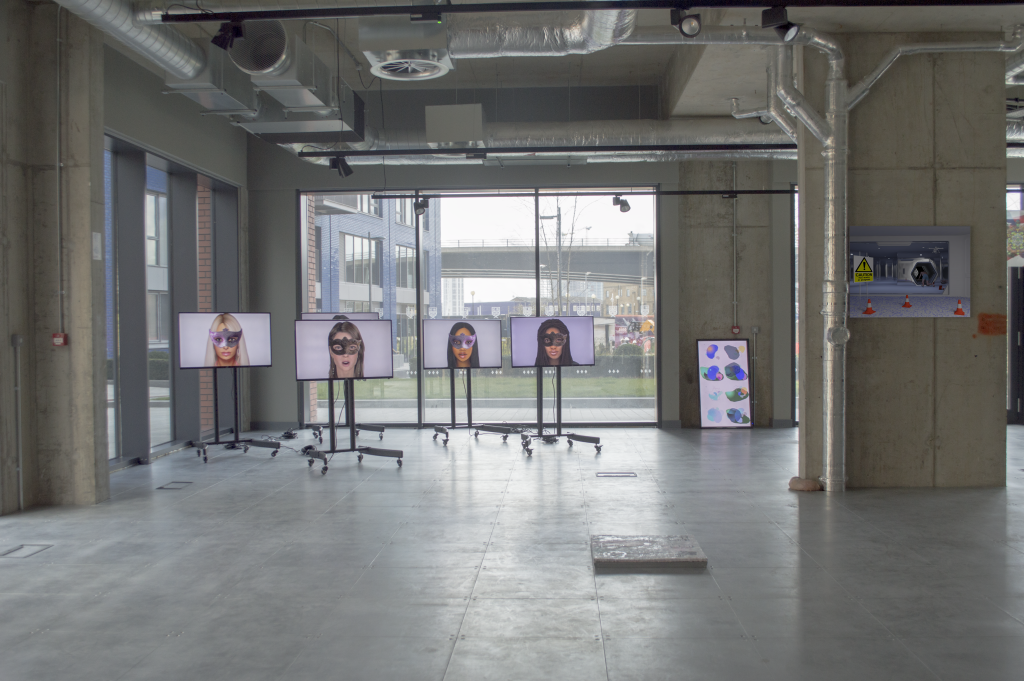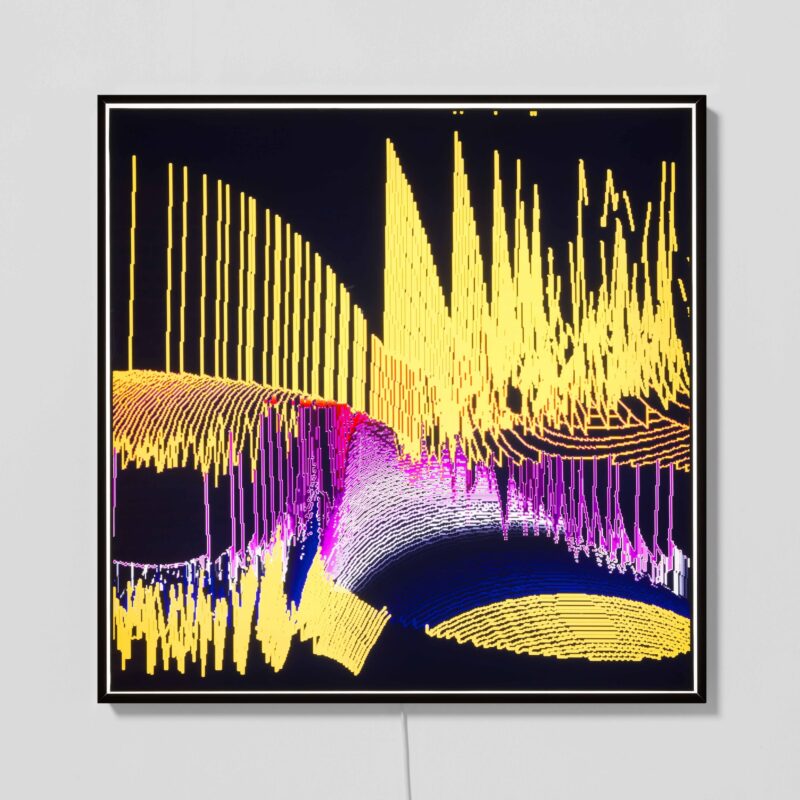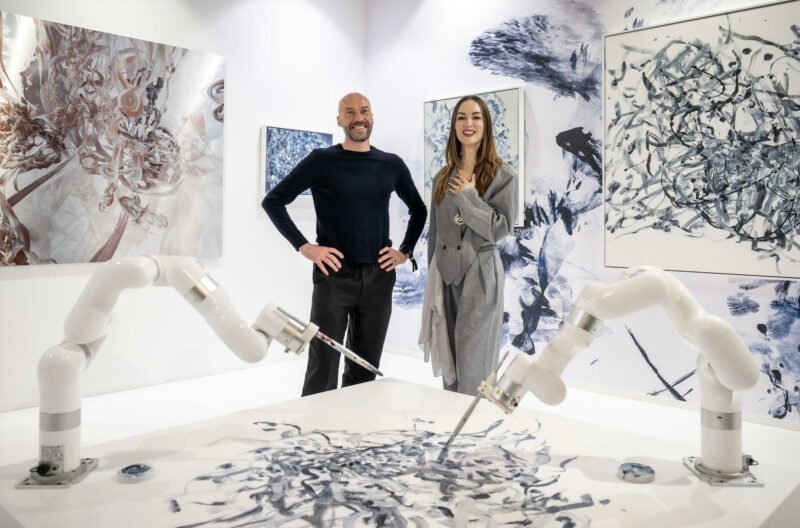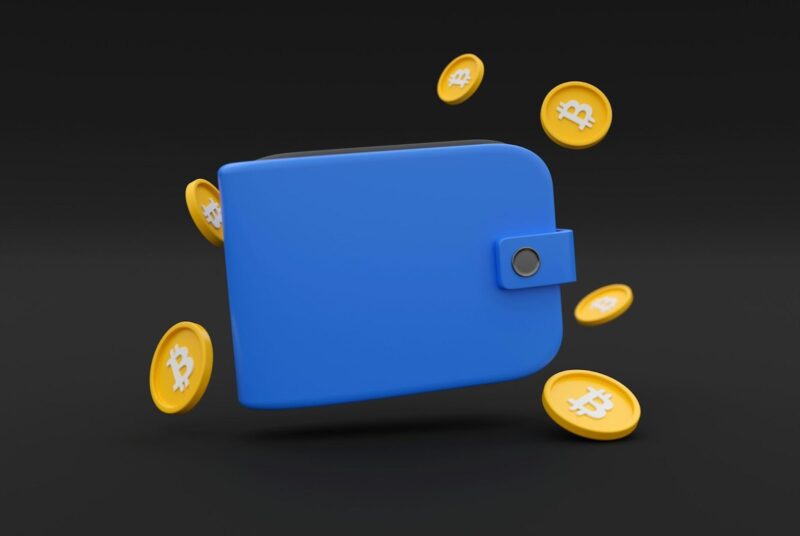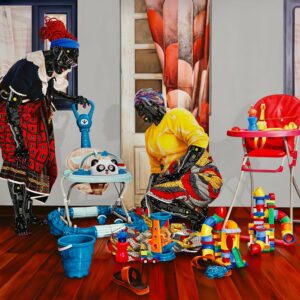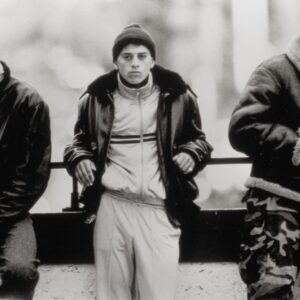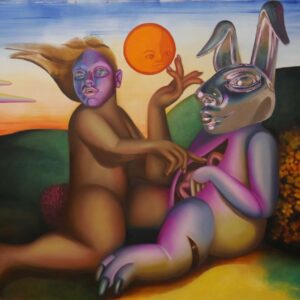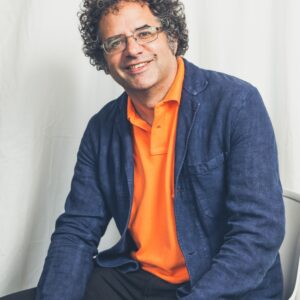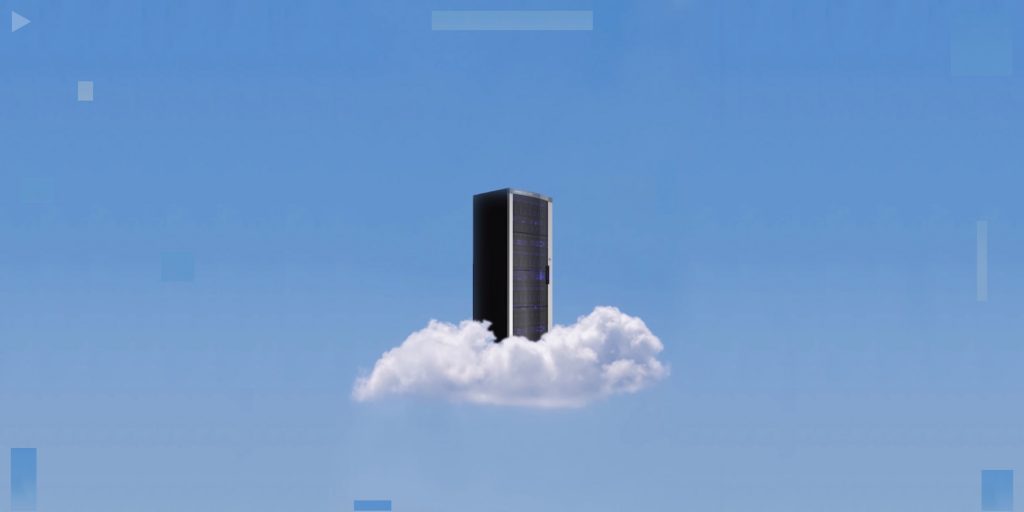
I caught up with Bob Bicknell-Knight of isthisit? Bob is the curator, editor, writer and artist exploring the seen and unseen worlds of data to question power structures. Through a persistent activity which has seen isthisit? exhibit over 800 mid-career artists in recent years, Bob exhibits a relentless energy which seems to be permanently engaged in carving out a unique notch at the axis of imagination and innovation.–
Can you share a story of how isthisit? came to exist initially and where it is now?
I launched isthisit? in the middle of 2016 as a simple, easy and cost-effective way of learning about what a curator was and could be. Also at the time I was studying for my BA in fine art at university, and no one in my group of friends was making work that aligned with my own interests, so I decided to create a digital platform that resided on the internet, allowing me to interact with hundreds of artists and curators around the world who were making and curating work that I had, and continue to be, influenced by. I began the platform by hosting weekly online exhibitions, which slowly evolved into organising an online residency and inviting other curators to produce online exhibitions for the platform, alongside curating offline exhibitions and designing and editing a series of books.
Since starting the platform I’ve worked with hundreds of artists, digitally and physically, collaborated with galleries in the UK and abroad alongside giving talks and being on panel discussions at places like the Tate Modern in London, University of Cambridge, Camberwell College of Arts and Goldsmiths University of London.
Currently isthisit? is in the process of wrapping up a six-month programme of online exhibitions, culminating in a physical book and online panel discussion, funded by Arts Council England.
What’s your background and how did you get started in the artworld?
I grew up in the countryside in Suffolk, by the coast in the UK, regularly visiting exhibitions and going to lots of theatre performances during my childhood. My dad’s an artist and my mum works in the arts, so they’ve been really important in enabling me to be where I am today. Later I moved to London to study for my BA in fine art at Chelsea College of Arts. I graduated a few years ago, and have since continued working with artists through isthisit? alongside having exhibitions of my own work, both in the UK and around the world.
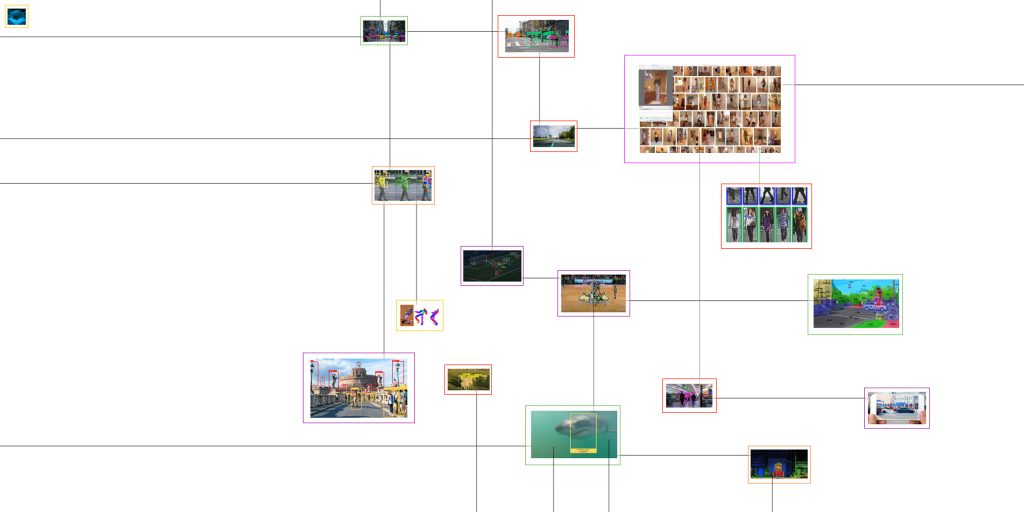
What’s the mission statement for isthisit??
The platform doesn’t have a mission statement per se, as it’s literally just me, so if I want to work with someone I just reach out to them, rather than having to run it by anyone else. I mostly stick to contemporary art by young, emerging artists, although I have worked with many established, older artists too. I would say, because its origins are on the internet, I’m more focused on digital art and media, although I regularly work with artists who solely make paintings or sculptures as well.
Generally the mission statement changes as I continue to grow and learn more about the world, but I guess one of the main ideas embedded within isthisit? is to continue working, collaborating with artists and to not stop. I’ve seen so many online platforms come and go over the past five years since establishing isthisit?. My hope is that the platform continues to grow and develop, rather than being forgotten like so many before it.
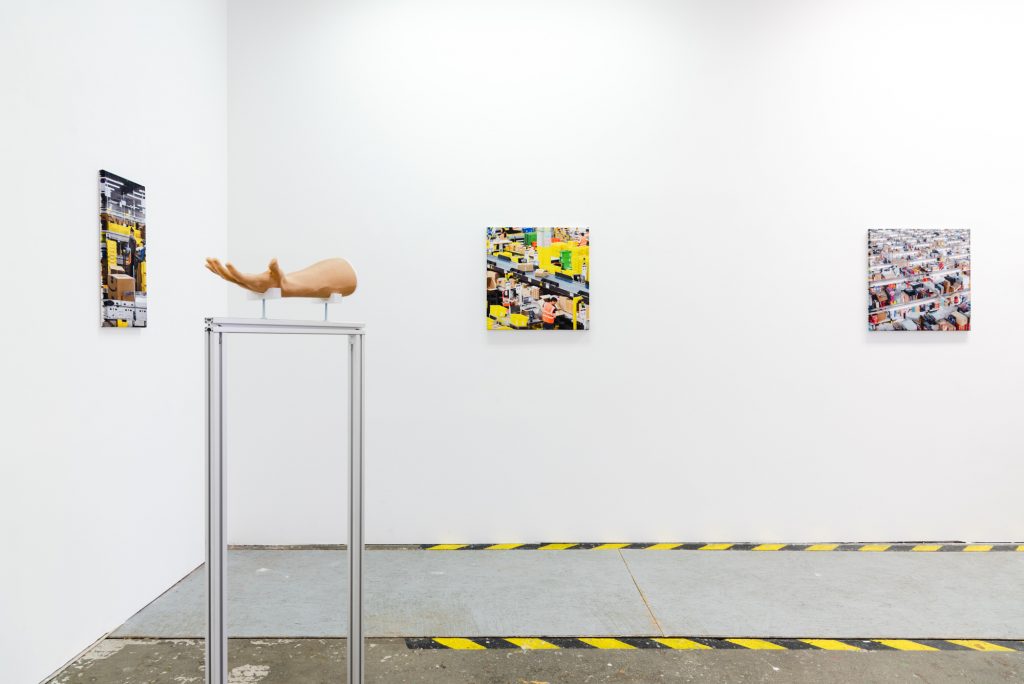
On the journey so far what have been particular highlights?
One of my major highlights was when I realised that you can just email artists to be a part of things. No one really tells you that this is acceptable, and normal, so it was an exciting prospect. I’ve now worked with lots of the artists I looked up to and admired at university, simply by sending them an introductory email.
A slightly more interesting highlight would be when I was invited to curate a show in Berlin, my first curated show outside of the UK. I travelled to the gallery having only spoken to the organisers who invited me over email, and spent about a week installing the exhibition and seeing shows around the city. It was a really fantastic time, sandwiched in the summer between my second and third year of university. That summer I also curated another show in London, so I was full of anxiety and excitement.
There’s a bunch more, mostly focused on interactions with artists, being invited into their worlds, forming strong relationships and learning about their practices.
How do you discover the artists you showcase?
It really depends, I might have seen their work in a physical exhibition, scrolled past it on Instagram or been sent an email by them when submitting to one of the platform’s open calls. There are some artists that I’ve worked with on multiple occasions who originally sent me their work for an open call, who I’ve then continued to work with on other projects. I might have read an article about them online, or been told about their work by a friend. There are some artists I might keep tabs on, for months if not years, before approaching them. On the other side of the coin, however, are the hundreds of artists I’ve contacted, asking to be a part of shows or in the isthisit? book, who have never gotten back to me. If people don’t respond to my emails I usually won’t contact them again for future projects. I try to work with artists who make work that I love and find truly captivating.
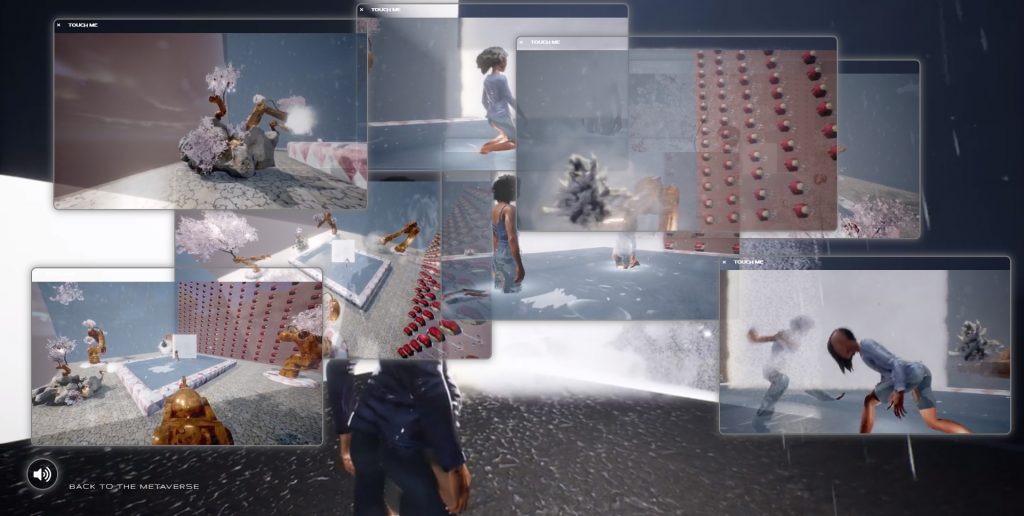
What criteria do you set for yourself as a curator to select artists and proposals?
I try to work with a range of artists from a variety of different backgrounds for the exhibitions I organise. As I said before, the platform changes as I continue to grow and learn more about the world, and I hope that that is reflected in the artists that I work with. I aim for at least a 50/50 male to female balance in the shows that I curate, and endeavour to provide both the time and space to underrepresented voices in the arts.
What has been your experience of the meteoric rise in interest in digital art?
It kind of depends on what meteoric rice you are referring to. When physical galleries closed last year there was an explosion of online art activity. I was contacted for a few interviews in the beginning, but nothing major came from it. It is nice that lots more people are aware of digital art, although it wasn’t like lots of people weren’t before. I still think that this might be faux interest, and that those that have been focused on online exhibitions over the past year will disregard them in a heartbeat once offline spaces are open.
With regards to NFTs, I don’t really have a foot in the game at the moment. I’m not necessarily opposed to them, but I just haven’t been invited to be a part of any of the platforms, so feel somewhat disconnected and uninformed. If I was invited I’d probably experiment a little with pushing my own work out into the digital ether, as well as dig a little bit deeper. As in all things, the gatekeepers behind both digital and physical spaces hold all the power. I think there’s space for all forms of art, although I think it is a shame that with NFTs many of these platforms disregard the art side of things, focusing on attractive and simple aesthetics rather than artistic concepts.
Do you have any predictions for where the artworld is going over the next year?
I have no real idea what’s coming, although I guess as physical things in the UK begin to open up again experience based artwork will become incredibly important to those that have been craving performance art or interactive installations over the past year.
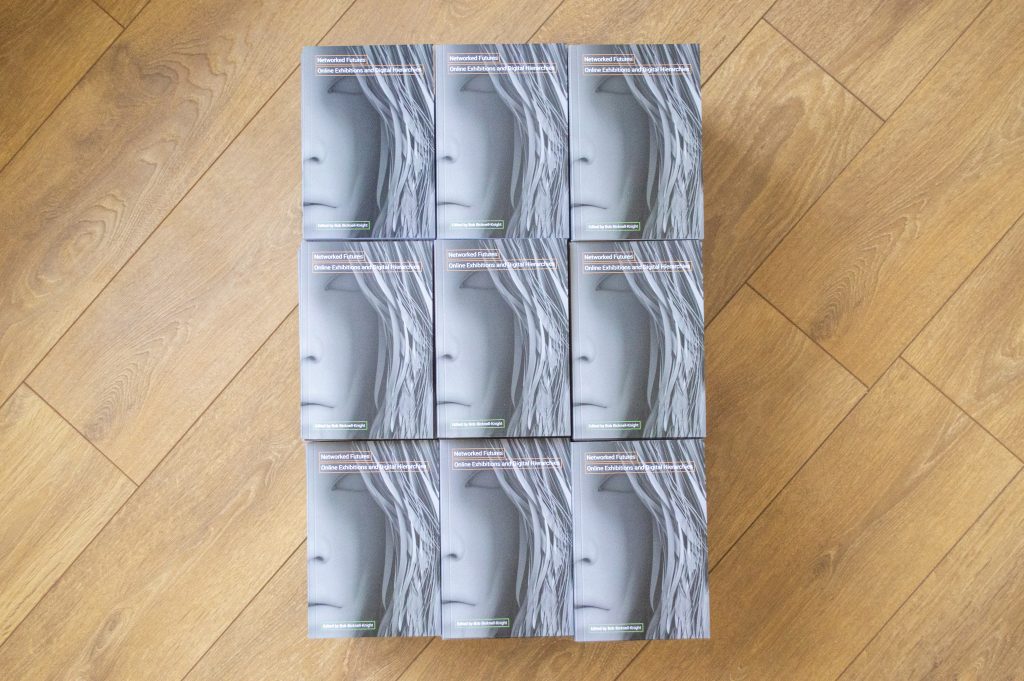
What plans do you have for the future of isthisit?
The most recent book titled Networked Futures: Online Exhibitions and Digital Hierarchies, a culmination of the six-month project on the platform, recently launched on the site, so at the moment I’m frantically printing shipping labels to get copies out to all those that pre-ordered. In May there will also be a panel discussion with some of the artists and writers involved in the project.
I also recently started a Crowdfunder, testing whether or not isthisit? has a large enough audience to fund another small six-month project. I’m hoping to fund a series of online residencies on the platform, where artists would create new digital art and 3D printed editioned sculptures, culminating in a new book with artist interviews and essays.
Other than this, I always say that the ‘end goal’ for isthisit? is to have a physical gallery space that compliments and works alongside the digital one. Of course, this would be more of a beginning than ending, but it’s something I’ve been wanting to do for some time.
I’ve learned so much over the past 5 years with isthisit?, about working in the arts, curating and being an artist, and have gotten lots of amazing opportunities through the platform. I guess my plans for the future revolve around continuing to develop isthisit? as a platform, working with artists, giving talks and engaging with a global audience.
Do you see isthisit? exploring the Metaverse world or any other dimensions of Web 3.0?
For the moment I think isthisit? will stay within the realm it currently occupies, although I’ll never say never. Again, if myself or isthisit? was invited into these new spaces I would be intrigued and interested to know more, but for now I’m kind of watching from the side lines. I have worked with artists who are exploring the Metaverse, like Keiken, who are definitely much more invested than I am. The ideas embedded within Web 3.0 are exciting, but for now I don’t see it as a space that everyone can equally participate in.
What does the schedule look like for exhibitions through 2021-2022?
After finishing the six-month programme I think isthisit? is going to take a little break. This will give me the time and space to reflect on the project, what I’ve learned from handling a reasonably sized budget, alongside working with lots of different artists over a short period of time and commissioning new texts from writers. I’m excited to move forwards but feel that it’s important to pause sometimes, take a breath and restock. Previously I’ve jumped from project and project, not necessarily taking the time to consider what went wrong and what went right.
In April last year I was scheduled to curate a group exhibition at [Senne] in Brussels to coincide with the physical iteration of Art Brussels, although sadly that keeps being delayed due to the ongoing pandemic. Hopefully at some point soon that will be rescheduled as I was working with a fantastic group of artists focusing on algorithmic bias.
Other than that, I’m currently working with the online platform Off Site Project and artist Petra Szemán on a collaborative exhibition. We’ll be joining both of our platforms together in early 2022 to showcase a series of digital artworks that are being commissioned by Szemán. Until then I’m mostly concentrating on my personal art projects. I currently have a solo exhibition open in Berlin at Office Impart, and have upcoming solo exhibitions in Paris at Galerie Polaris later in the year, and another towards the end of 2021 at Industra in Brno.
